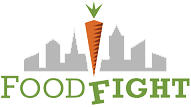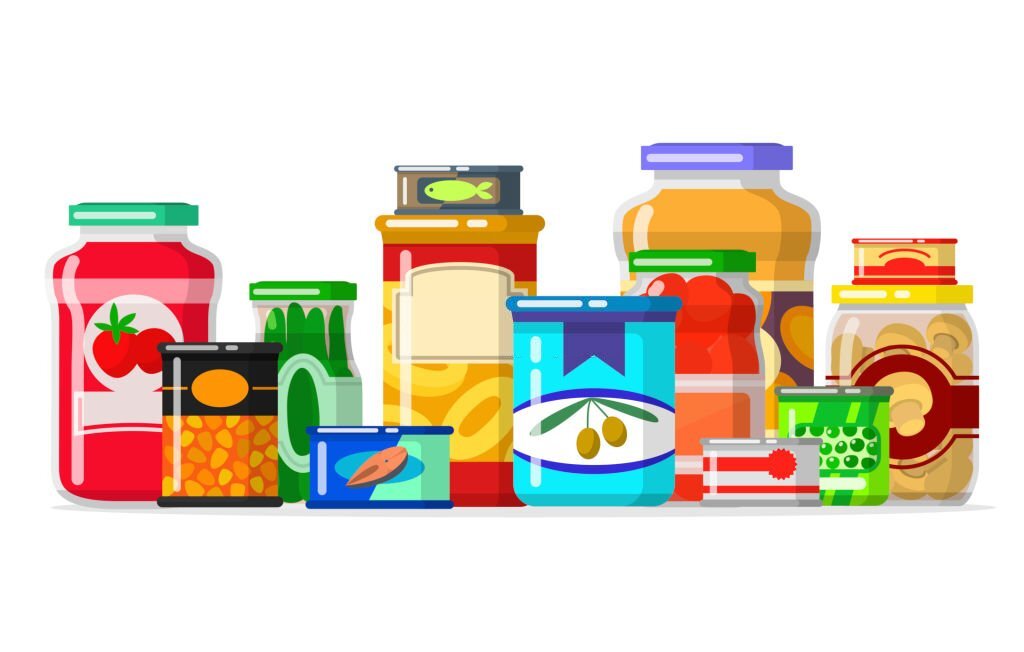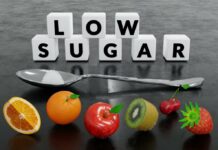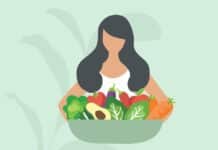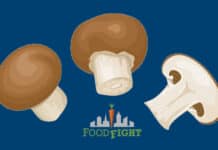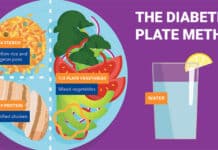Your heart is the powerhouse of the body, pumping blood, oxygen, and nutrients to every cell. High on the list of heart care strategies is preventing and managing high blood pressure.
What you might not realize is how important your diet is in your blood pressure control program.
Whether eating according to the DASH plan (see more on that below) or choosing some specific foods (which includes goodies like dark chocolate), the foods you eat can help keep your blood pressure under control.
What is Hypertension?
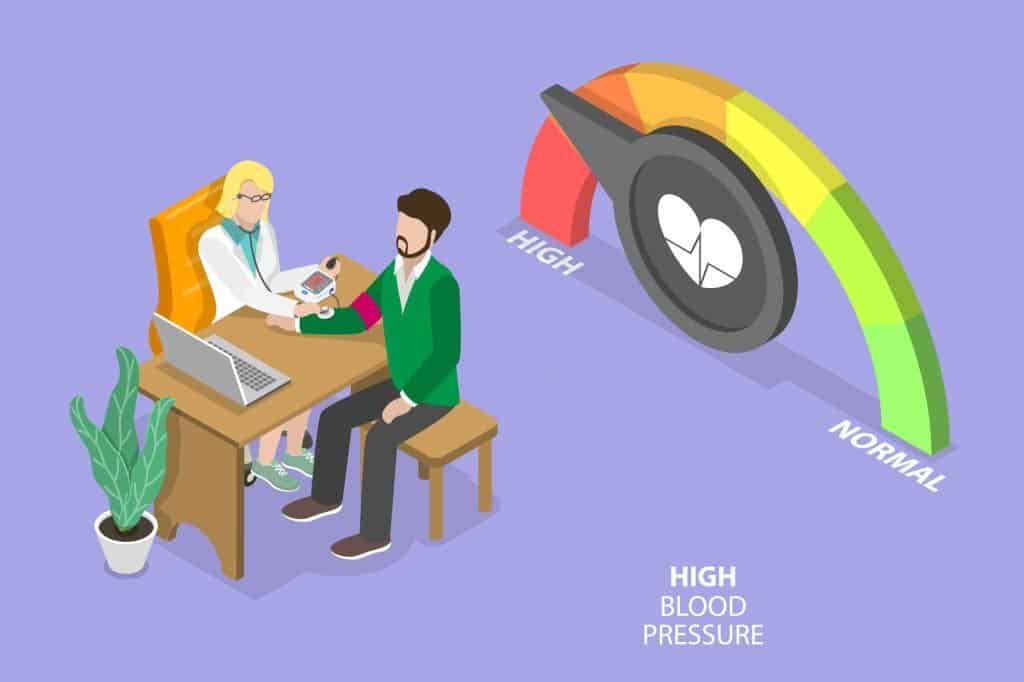
High blood pressure is medically referred to as hypertension. The Centers for Disease Control and Prevention report that one in three US adults meets the definition of high blood pressure – a level of 140/90 mmHg or above.
The condition of hypertension can cause damage to your blood vessels and increase your risk of heart disease, strokes, kidney problems, and other health problems. It often goes hand-in-hand with diabetes – another condition that benefits from dietary changes.
When your blood pressure is too high, it increases the pressure in the vascular system (heart, arteries, and veins). That means your heart has to pump harder; over time, the heart muscle can just plain wear out, leading to heart failure.
What Are Some Hypertension Strategies?
Medication for high blood pressure is certainly one option. However, if you’re still in the early stages of hypertension and your blood pressure is not dangerously elevated, you might be able to reverse this condition by changing your habits.
Regular exercise can help you maintain or lose weight, and it also helps relieve stress (which can adversely affect your blood pressure). Eating right also helps promote weight loss, and in combination with exercise can make a big difference in your heart health.
You can also reduce blood pressure by following the DASH diet, which was developed by the National Institutes of Health. There are some specific “superfoods” that can lower your blood pressure naturally.
The DASH DIET for High Blood Pressure
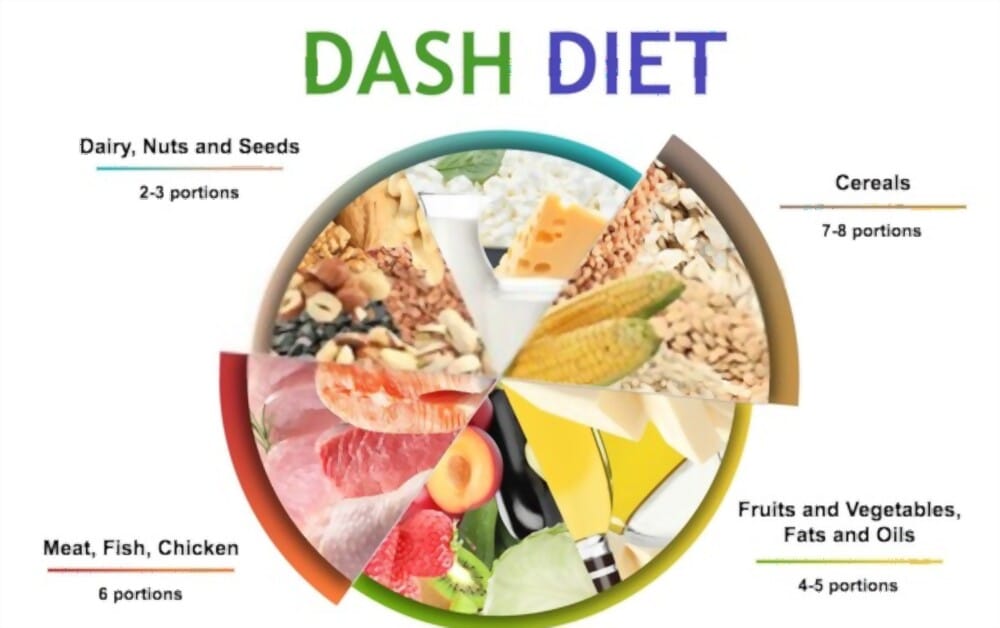
DASH stands for Dietary Approaches to Stop Hypertension. In a nutshell, increase fruits and vegetables, cut back on fat (especially saturated fat) and red meat, limit your sugar intake and decrease your salt consumption.
The DASH diet keeps the focus on poultry, fish, whole grains, nuts, and low-fat milk. When you eat the DASH way, you should:
1. Go for fruits and veggies
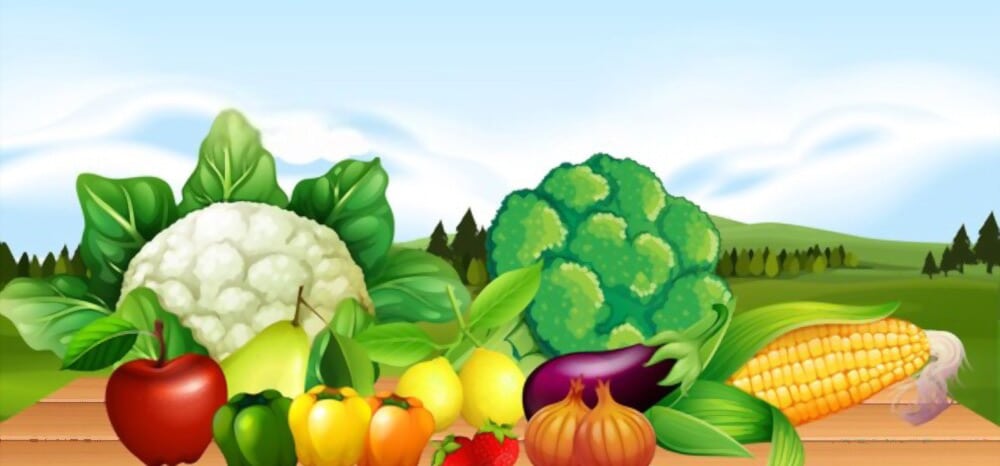
Ideally, you should eat at least four to five servings of both fruits and vegetables each day.
The more colorful, the better because it provides eye appeal, and you’ll get a much wider array of nutrients, such as antioxidants, which are good for your health.
2. Limit salt consumption to 2,300 milligrams of salt a day (the equivalent of one teaspoon of salt)

Foods like soy sauce, canned vegetables, baking soda, canned soups, and commercial salad dressings are all sources of added sodium. Make your own or purchase low-sodium versions.
Read food labels carefully – sodium can hide in some unexpected places. Replace the salt with spices and herbs to jazz up the taste buds. Once you’ve eaten this way for a while, you’ll find your taste buds adjust, and salty snacks will seem TOO salty.
3. Decrease sugar
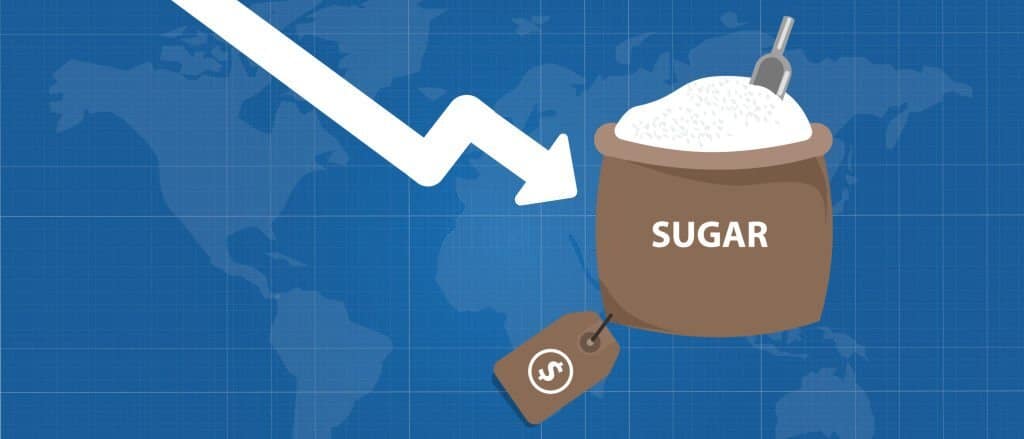
Sugar is terrible for your waistline and teeth and adversely affects your immune system.
According to the American Heart Association, men should not consume more than nine teaspoons of sugar, and women should not consume more than six teaspoons daily.
Like sodium, sugar hides in many prepared foods. You may find it under an assumed name, however. Look for terms like sucrose, glucose, fructose, and sugar.
In addition to the DASH diet, there are some foods that have a proven history when it comes to dropping your blood pressure. Try adding these to your daily plate.
What Foods That Lower Blood Pressure Naturally?
Adding these foods to your diet can help reduce your risk of developing high blood pressure or help lower your blood pressure if it's already high.
1. OATS
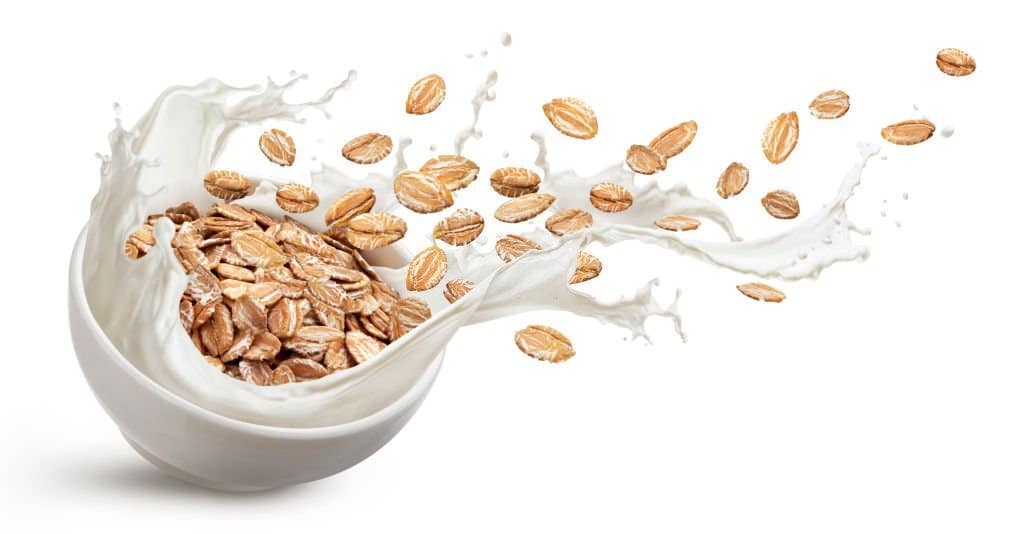
With oats, it seems to be the fiber that makes the difference.
Whole oats (not the instant kind) can reduce your blood pressure and the level of “bad” cholesterol in your body. Isn’t it nice to get double benefits from one food?
2. BEETS
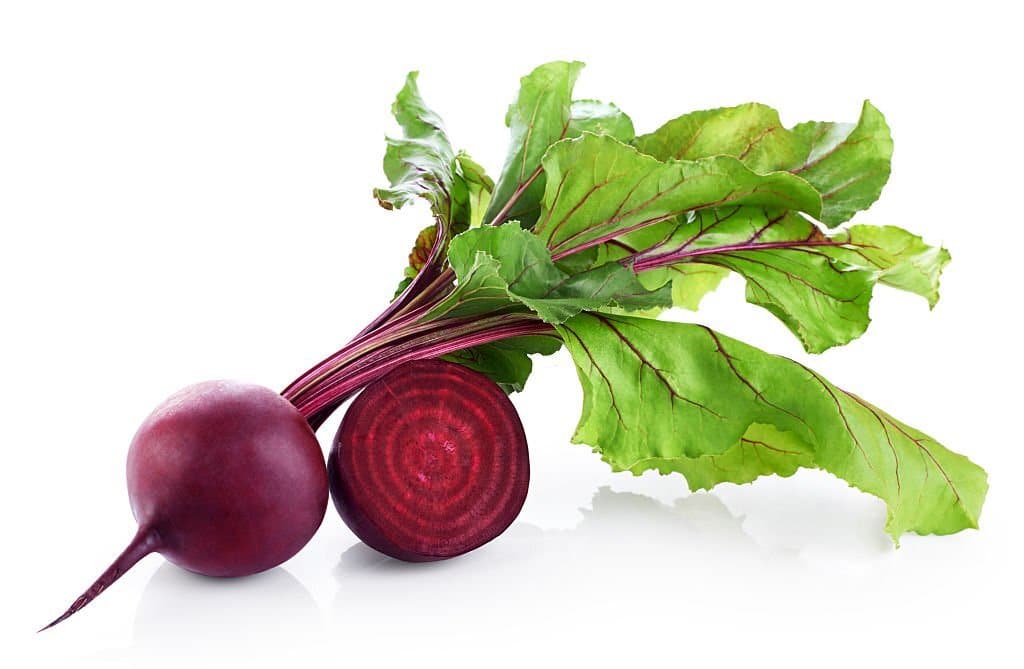
Again, nitric oxide is the leading player here. Beets (sometimes called beetroots) can drop blood pressure in healthy participants, according to one study.
Three hours after drinking beetroot juice, the study participants had lower blood pressure. Researchers believe that the beets produce nitric oxide due to the conversion of nitrate into nitrite.
3. GARLIC
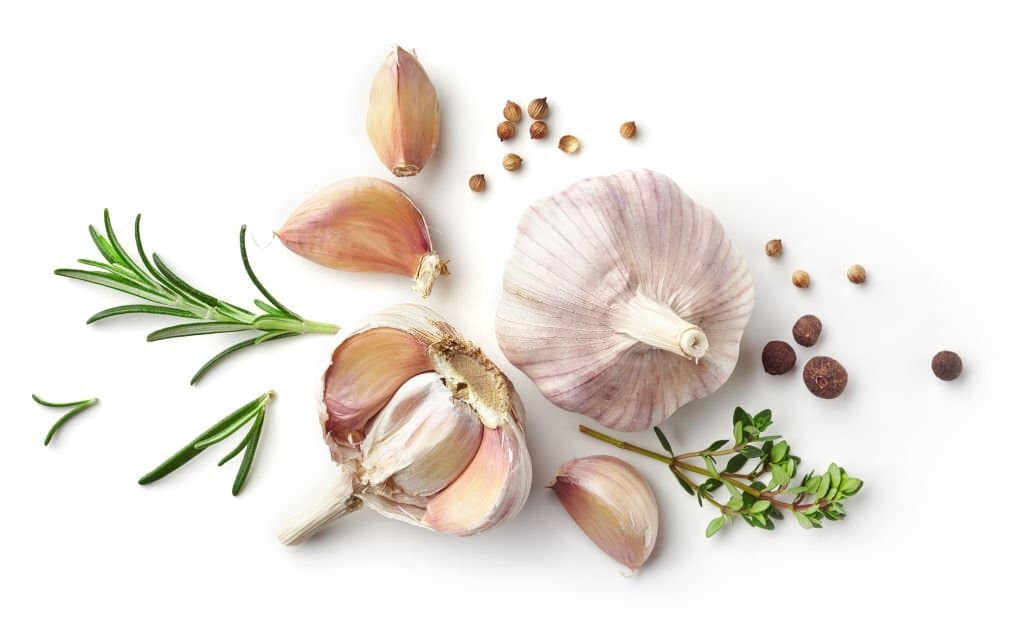
Garlic isn’t just good for keeping vampires away. A number of studies [1]Ried, K. (2016, January 13). Garlic Lowers Blood Pressure in Hypertensive Individuals, Regulates Serum Cholesterol, and Stimulates Immunity: An Updated Meta-analysis and Review. The Journal of … Continue reading [2]Olexandr M, K., Yulia V, G., Yulia P, K., & Vadym F, S. (2021, May 24). Garlic supplement lowers blood pressure in 40-60 years old hypertensive individuals, regulates oxidative stress, plasma … Continue reading [3]Ried, K. (2019, December 27). Garlic lowers blood pressure in hypertensive subjects, improves arterial stiffness and gut microbiota: A review and meta-analysis. Experimental and Therapeutic … Continue reading have found that garlic can help lower blood pressure.
When crushed or chopped, compounds in the garlic create allicin. Allicin dilates blood vessels. It also inhibits a hormone called angiotensin II, which constricts blood vessels and can make your blood pressure higher.
4. WATERMELON

Like cocoa, watermelon can increase nitric oxide production. In the case of this delicious summer fruit, it’s an amino acid called L-citrulline that makes the difference. In one study, people ate watermelon twice a day for six weeks.
Watermelon helps decrease systolic aortic pressure – the blood pressure when your heart is actually contacting. Watermelon also helped make study participants’ arteries less stiff, which makes it easier for the heart to pump blood through the body.
5. POMEGRANATES
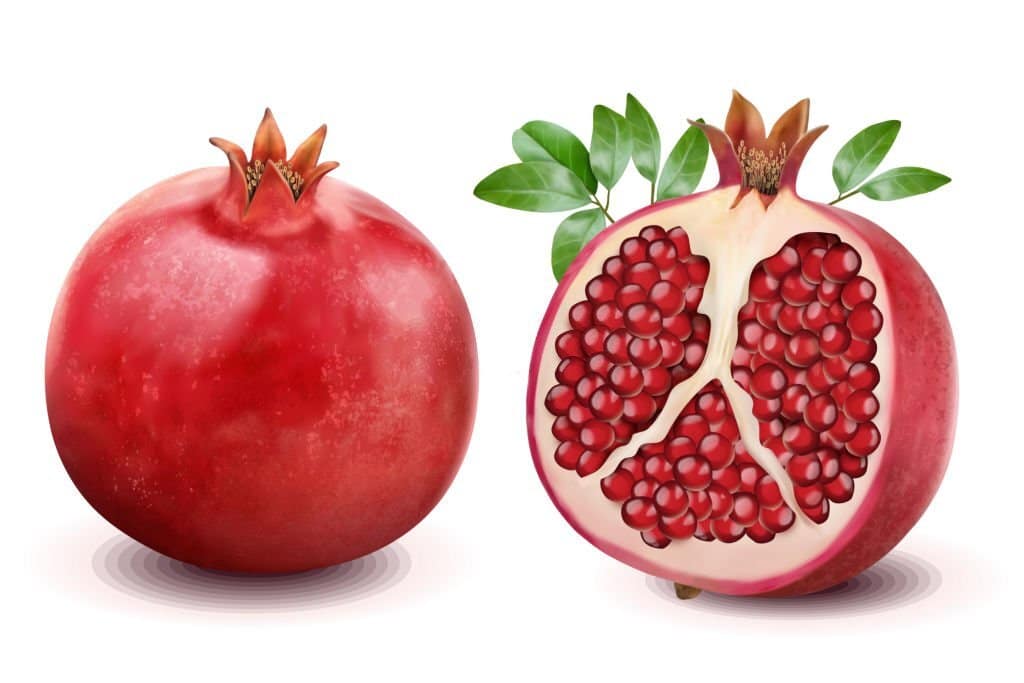
Pomegranate juice, like cocoa, is full of antioxidants and bioactive polyphenols. This deep red fruit can be juiced or eaten out of hand.
A study reported in Pharmacological Research noted that one glass (150 ccs) of pomegranate juice between lunch and dinner each day for two weeks lowered blood pressure in those with hypertension. [4]Sahebkar, A., Ferri, C., Giorgini, P., Bo, S., Nachtigal, P., & Grassi, D. (2017, January). Effects of pomegranate juice on blood pressure: A systematic review and meta-analysis of randomized … Continue reading
6. DARK CHOCOLATE
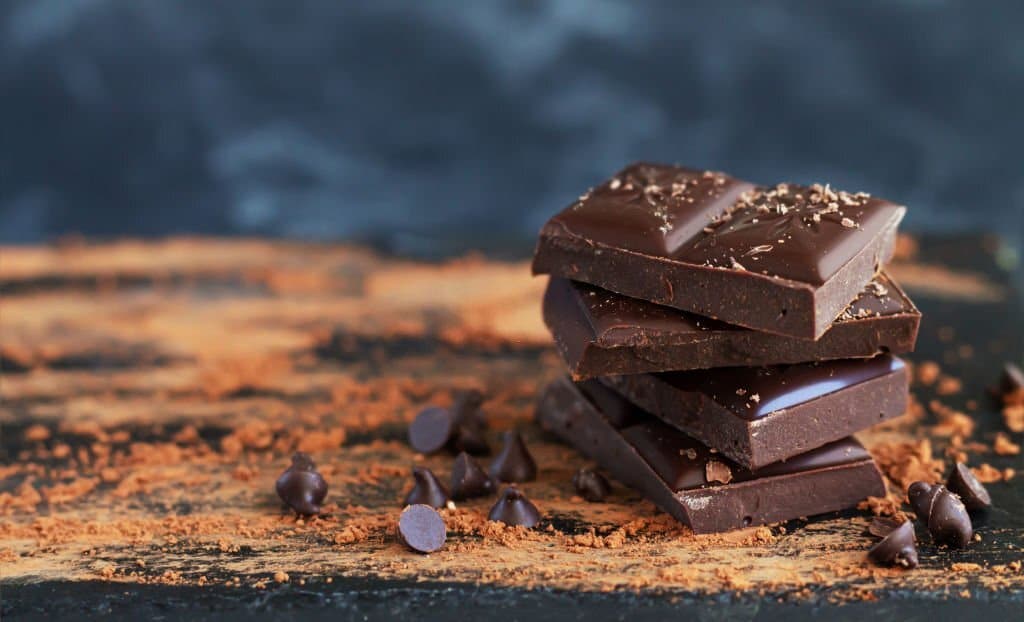
Who wouldn’t want to eat more chocolate? Over the past few years, researchers have been investigating cocoa and dark chocolate, and the latest studies have demonstrated that dark chocolate lowers blood pressure more effectively.
According to a study in the Journal of Nutrition, fifteen days of dark chocolate reduced hypertension [5]Allen, R. R., Carson, L., Kwik-Uribe, C., Evans, E. M., & Erdman, J. W. (2008, April 1). Daily Consumption of a Dark Chocolate Containing Flavanols and Added Sterol Esters Affects Cardiovascular … Continue reading. Cocoa contains organic chemicals called polyphenols, especially a version called flavonols.
Flavonols are loaded with antioxidants and also have anti-inflammatory effects, which increase the production of a chemical called nitrous oxide. Nitrous oxide is heart-protective.
Make sure you’re choosing 85 percent or better dark chocolate – that gives you more of the good stuff and less sugar.
7. FLAX
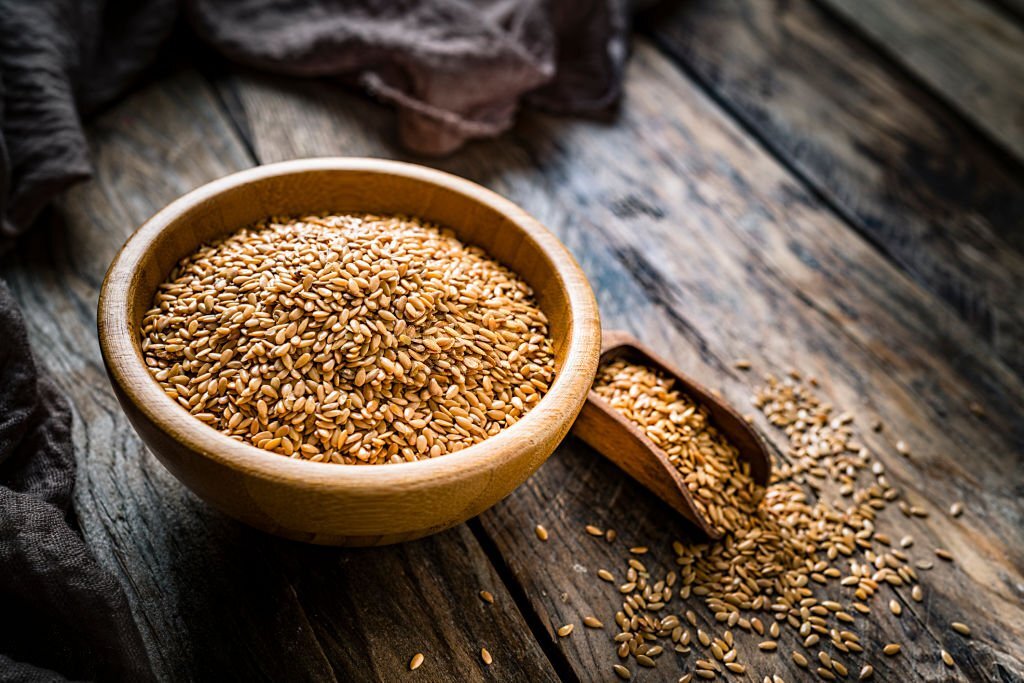
As a natural source of two kinds of essential fatty acids, crushed flaxseed contains 19 percent activated omega-6s and 48 percent alpha-linolenic acid, a precursor to omega-3s.
Omega-3s and omega-6s are not only natural blood pressure lowering supplements; they also improve digestion, lower cholesterol levels, and improve skin health.
If you eat raw flaxseed, you'll get the benefit of fiber and plant lignans, and the oil in the seeds is fresh. We recommend mixing flaxseed into cereal, yogurt, or smoothies to get maximum health benefits.
8. SEAWEED
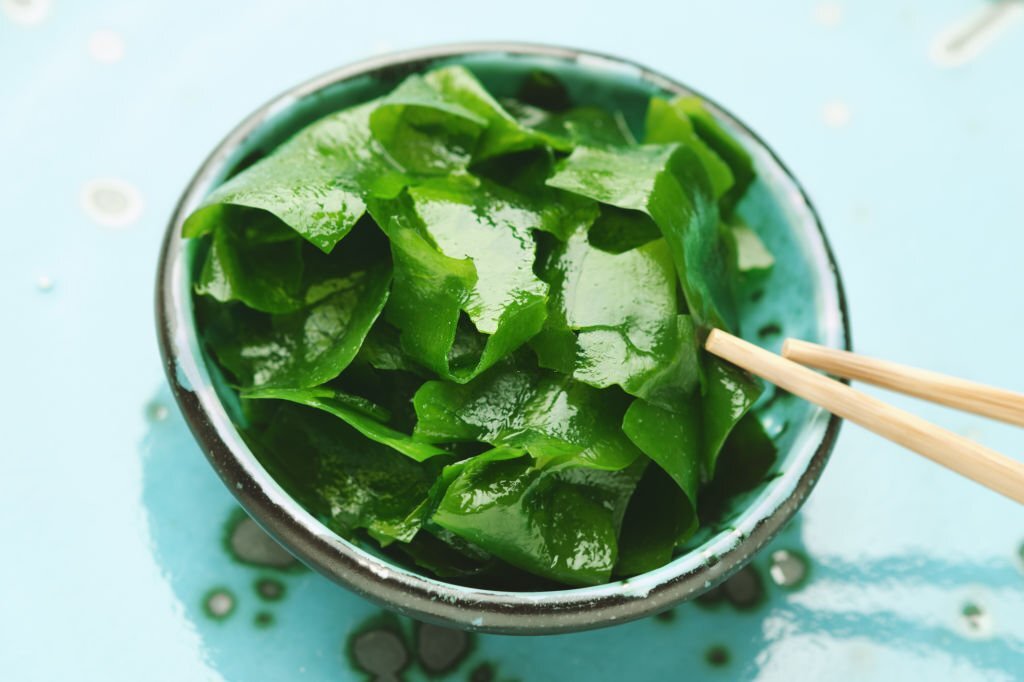
A study found that daily intake of 3 grams of dried wakame for 4 weeks reduced diastolic blood pressure by up to 5 points and systolic blood pressure by up to 14 points. [6]HATA, Y., NAKAJIMA, K., UCHIDA, J. I., HIDAKA, H., & NAKANO, T. (2001). Clinical Effects of Brown Seaweed, Undaria pinnatifida (wakame), on Blood Pressure in Hypertensive Subjects. Journal of … Continue reading
In addition, Ecklonia cava, red-brown algae found in Asia, contains natural plant compounds that are beneficial to reducing blood pressure and dilating blood vessels.
9. APPLES AND ONIONS
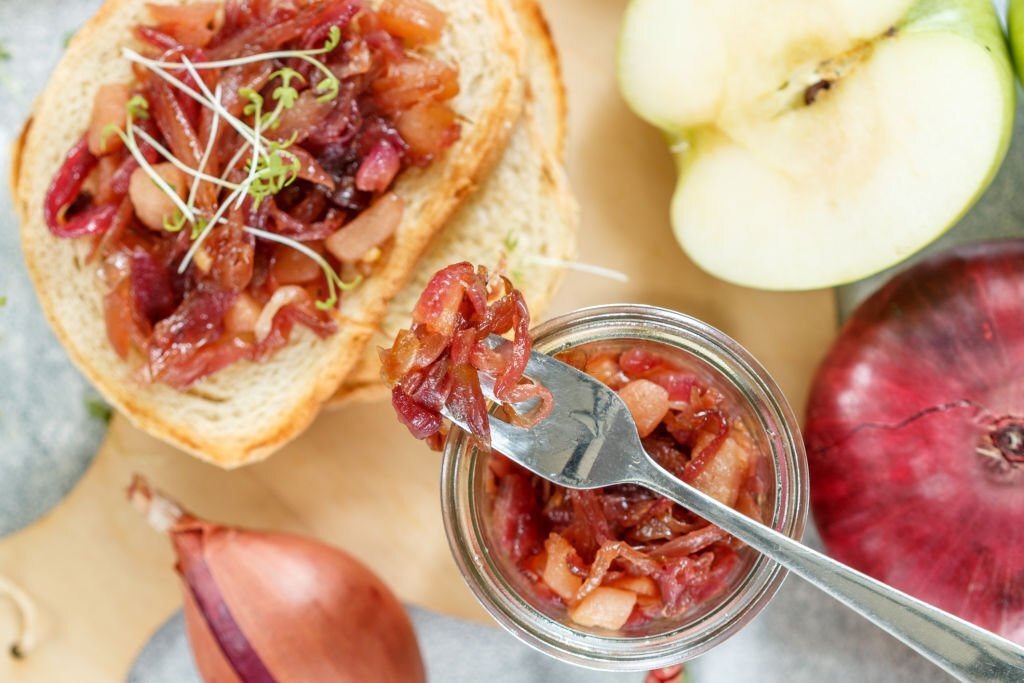
It is well known that fresh fruits and vegetables contain oligomeric proanthocyanidins (OPCs). Despite being quickly absorbed into the bloodstream, these free-radical scavengers also show great promise for lowering blood pressure, circulation, and veins.
As a natural blood pressure-lowering supplement, quercetin from the OPC has been proven to be effective. [7]Serban, M., Sahebkar, A., Zanchetti, A., Mikhailidis, D. P., Howard, G., Antal, D., Andrica, F., Ahmed, A., Aronow, W. S., Muntner, P., Lip, G. Y. H., Graham, I., Wong, N., Rysz, J., & Banach, M. … Continue reading
Quercetin-rich foods such as apples and onions can lower your blood pressure. The best way to reap the benefits of onions is to eat them raw; cooked onions do not work as well.
Whenever you prepare food, combine onions with ingredients that lower blood pressure, such as olive oil or garlic, for optimal health benefits.
10. NATTOKINASE
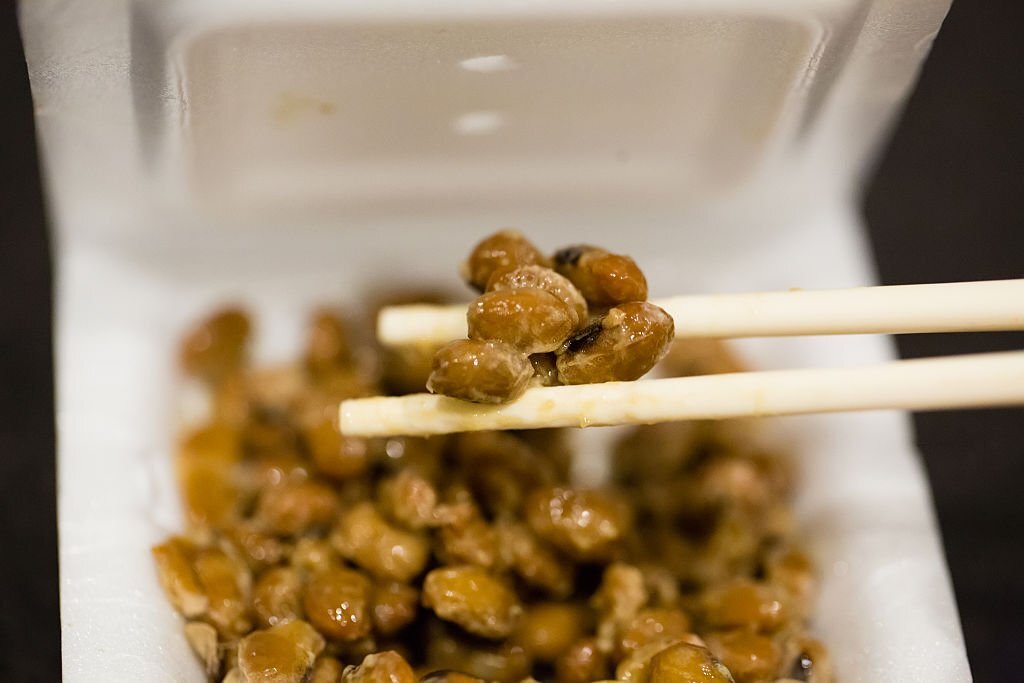
In Japan, Natto is a traditional fermented soybean product, similar to cheese. Soybeans are boiled or steamed and then fermented by Bacillus subtilis natto bacteria.
As a natural remedy for high blood pressure, Nattokinase, a supplemental form, works by breaking up fibrin, a clotting component of the blood.
Natto is commonly found in Asian grocery stores and health food stores as a condiment or mixed with salads, cabbage, miso, or eggs. You must avoid eating natto or taking nattokinase if you take a blood thinner, such as Coumadin.
In addition to affecting fibrin, Coumadin thins the blood too much, so doubling up on Coumadin and Natto is not a good idea.
11. CELERY
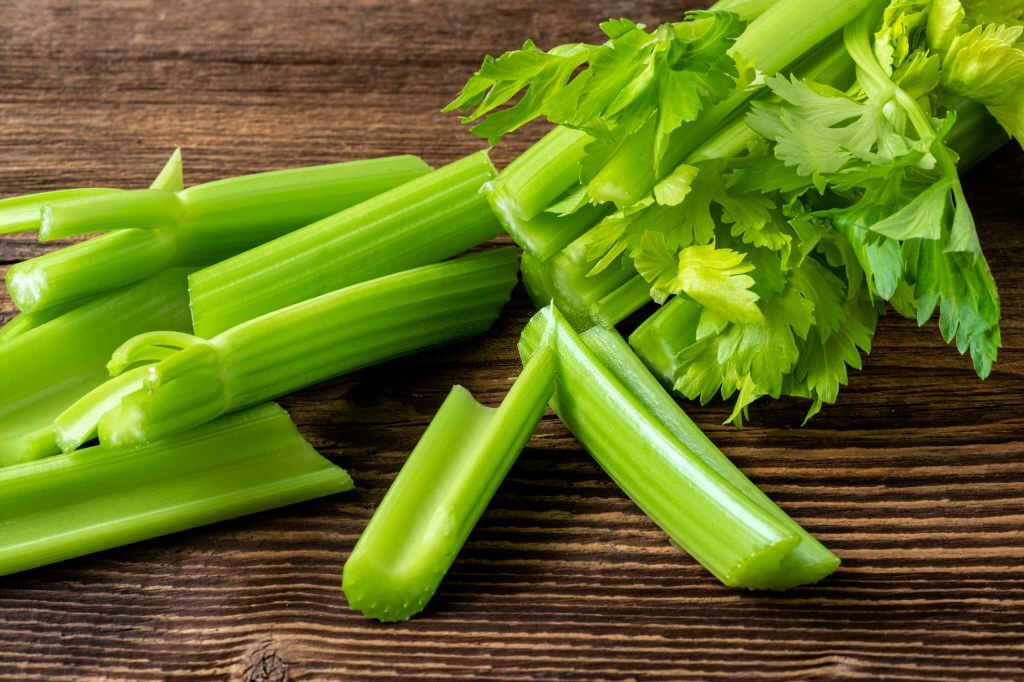
In all forms, celery contains apigenin, a relaxation compound that lowers blood pressure and relaxes blood vessels.
It is possible to treat high blood pressure with natural means, including four stalks of celery, eight teaspoons of celery juice three times daily, or an equivalent amount of celery seed extract (1,000 mg twice a day) or oil (half to one teaspoon three times daily as a tincture).
12. AVOCADOS AND COLDWATER FISH
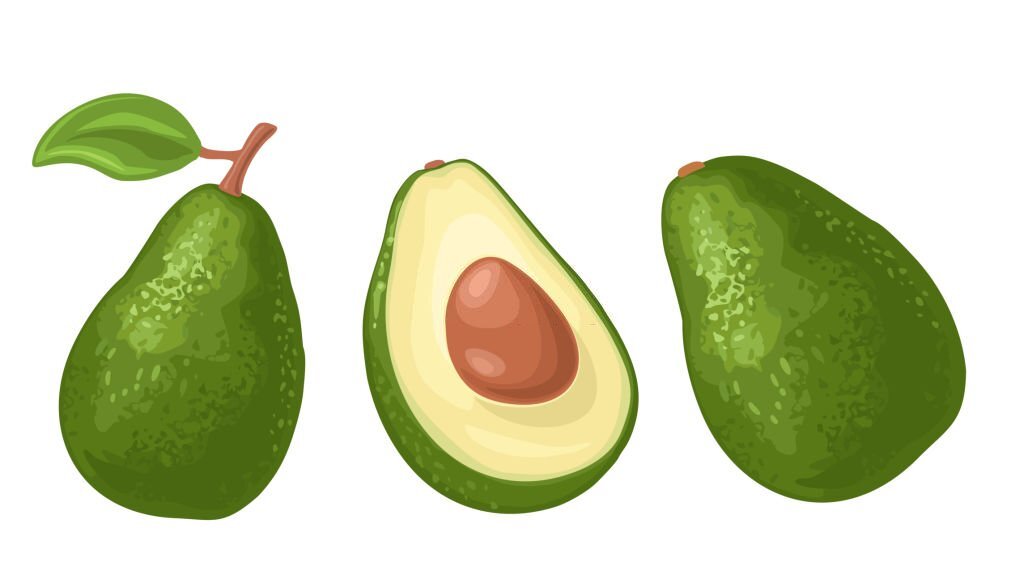
As well as omega-3 fats, other healthy (monounsaturated) fats are especially important since they stimulate nitric oxide (NO) production, which is produced by avocados, organic nuts and seeds, olive oil, and cold-water fish.
In the lining of your arteries, a thin layer of cells called the endothelium produces Nitric Oxide. As a result of stress, nitric oxide (NO) keeps arteries properly dilated and prevents vasoconstrictive effects from increasing blood pressure by counteracting them.
A natural supplement for lowering blood pressure is fish, which is high in protein. It is best to eat cold-water fish, like wild Alaskan salmon, once or twice a week, as well as sardines.
As well as containing coenzyme Q10, calcium, omega-3 fat, and peptides, sardines also help to lower your blood pressure, which makes them a powerful source of lowering blood pressure.
Final Words
In conclusion, high blood pressure is a severe condition that can lead to heart disease and stroke. Fortunately, some foods can help control your blood pressure without having to rely on medication. In fact, the above foods actually contain ingredients that can help reduce your blood pressure over time.
The key is finding the right combination of foods and nutrients to ensure that your blood pressure stays low. This means avoiding processed food and focusing instead on fresh fruits and vegetables, lean proteins like fish, nuts, and beans, and whole grains like brown rice and quinoa.
You can also use those foods to improve your overall health and wellness. For example, salmon has been shown to help prevent cardiovascular problems, while broccoli helps fight cancerous cells. So whether you want to maintain a healthy lifestyle or treat a specific medical problem, adding these foods to your diet can really pay off!
References
| ↑1 | Ried, K. (2016, January 13). Garlic Lowers Blood Pressure in Hypertensive Individuals, Regulates Serum Cholesterol, and Stimulates Immunity: An Updated Meta-analysis and Review. The Journal of Nutrition, 146(2), 389S-396S. https://doi.org/10.3945/jn.114.202192 |
|---|---|
| ↑2 | Olexandr M, K., Yulia V, G., Yulia P, K., & Vadym F, S. (2021, May 24). Garlic supplement lowers blood pressure in 40-60 years old hypertensive individuals, regulates oxidative stress, plasma cholesterol and protrombin index. Journal of Cardiovascular Medicine and Cardiology, 041–047. https://doi.org/10.17352/2455-2976.000168 |
| ↑3 | Ried, K. (2019, December 27). Garlic lowers blood pressure in hypertensive subjects, improves arterial stiffness and gut microbiota: A review and meta-analysis. Experimental and Therapeutic Medicine. https://doi.org/10.3892/etm.2019.8374 |
| ↑4 | Sahebkar, A., Ferri, C., Giorgini, P., Bo, S., Nachtigal, P., & Grassi, D. (2017, January). Effects of pomegranate juice on blood pressure: A systematic review and meta-analysis of randomized controlled trials. Pharmacological Research, 115, 149–161. https://doi.org/10.1016/j.phrs.2016.11.018 |
| ↑5 | Allen, R. R., Carson, L., Kwik-Uribe, C., Evans, E. M., & Erdman, J. W. (2008, April 1). Daily Consumption of a Dark Chocolate Containing Flavanols and Added Sterol Esters Affects Cardiovascular Risk Factors in a Normotensive Population with Elevated Cholesterol. The Journal of Nutrition, 138(4), 725–731. https://doi.org/10.1093/jn/138.4.725 |
| ↑6 | HATA, Y., NAKAJIMA, K., UCHIDA, J. I., HIDAKA, H., & NAKANO, T. (2001). Clinical Effects of Brown Seaweed, Undaria pinnatifida (wakame), on Blood Pressure in Hypertensive Subjects. Journal of Clinical Biochemistry and Nutrition, 30, 43–53. https://doi.org/10.3164/jcbn.30.43 |
| ↑7 | Serban, M., Sahebkar, A., Zanchetti, A., Mikhailidis, D. P., Howard, G., Antal, D., Andrica, F., Ahmed, A., Aronow, W. S., Muntner, P., Lip, G. Y. H., Graham, I., Wong, N., Rysz, J., & Banach, M. (2016, July 6). Effects of Quercetin on Blood Pressure: A Systematic Review and Meta‐Analysis of Randomized Controlled Trials. Journal of the American Heart Association, 5(7). https://doi.org/10.1161/jaha.115.002713 |
